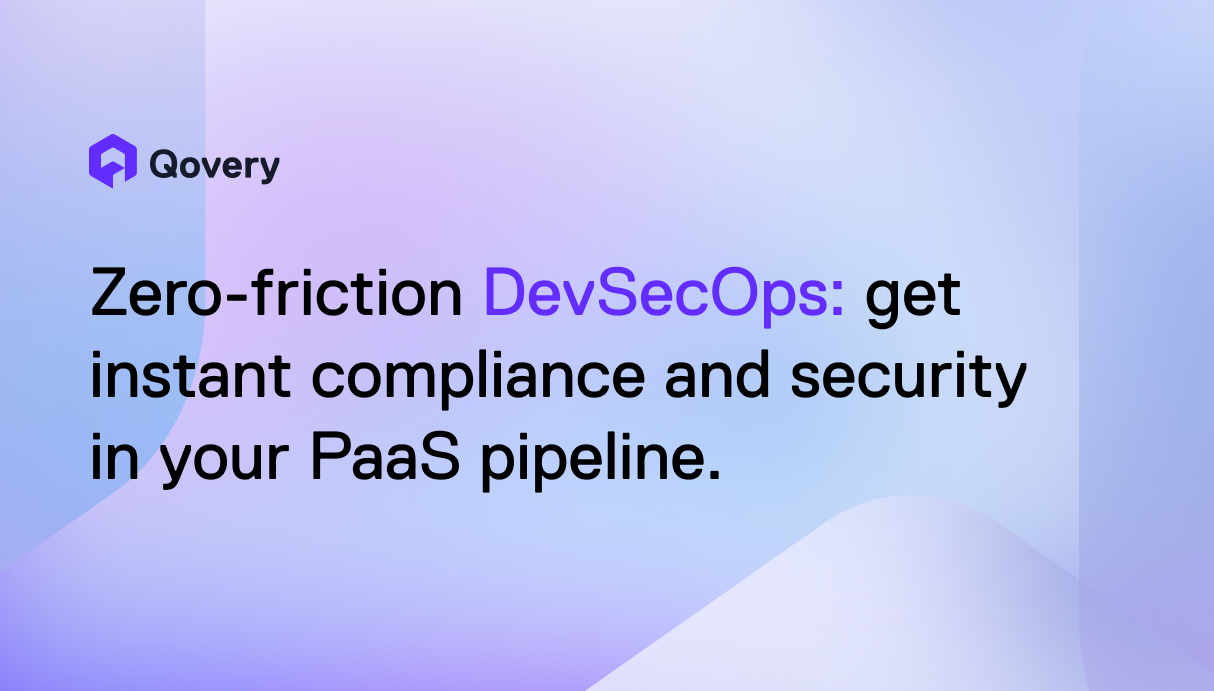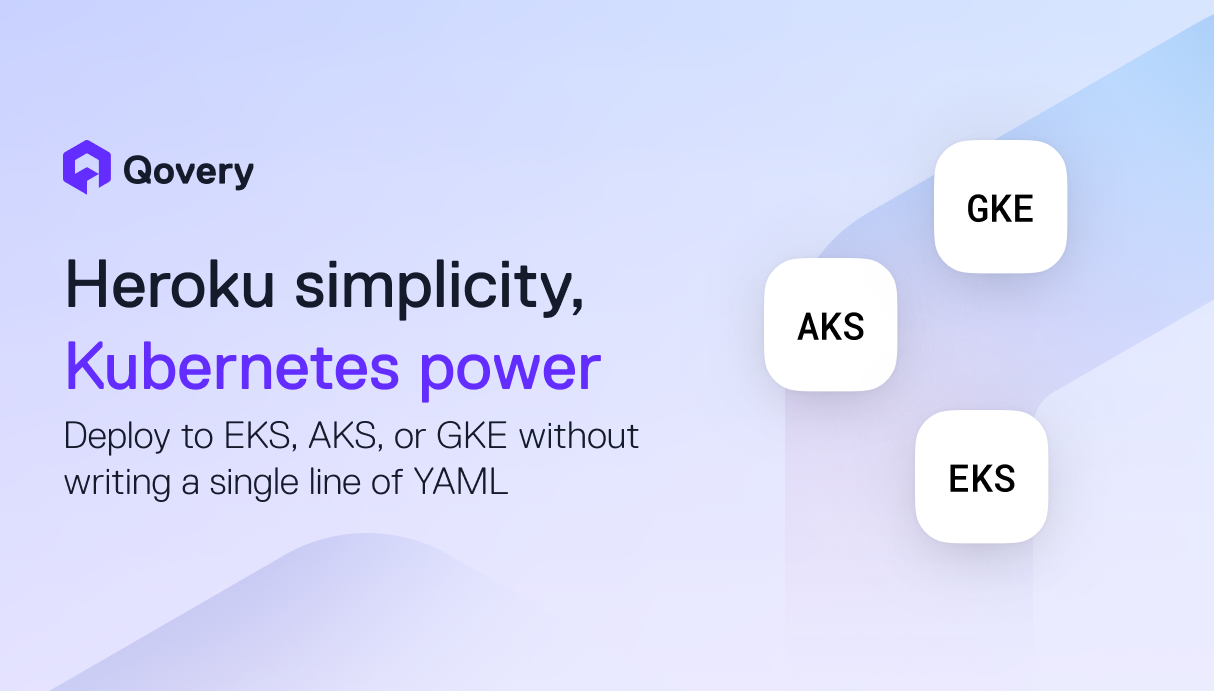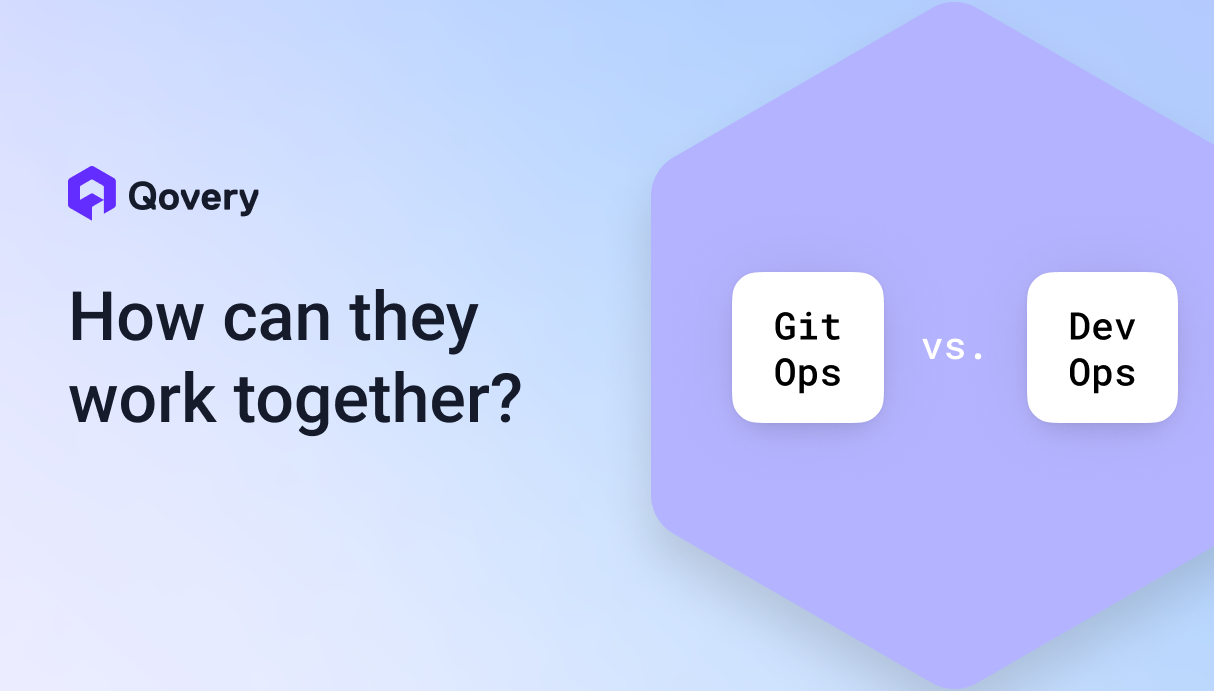


Transforming Kubernetes into an Internal Developer Platform in 10 Minutes



The Capabilities of an Internal Developer Platform like Qovery
Qovery stands out by enhancing the developer experience on Kubernetes. Which means providing...
For Software Engineers:
- Service Catalog: Centralized management of services for easier access and control.
- Ephemeral Environments: Provide isolated, temporary environments for safe testing of new features and to ensure stability in the main application.
- Simplified SDLC: Automation of operational tasks related to application deployment and management, allowing developers to focus more on coding and less on configuration.
For Platform Engineers and DevOps:
- Unified Experience: Standardizes deployment processes across all projects, enforcing industry best practices and consistency.
- Control and Visibility: Implements Role-Based Access Control (RBAC) to define clear access rights and responsibilities, coupled with comprehensive audit logs for tracking all changes and activities.
- Time Efficiency: Automates repetitive tasks such as provisioning and scaling, which accelerates development cycles and operational responses, leading to improved overall efficiency and reduced downtime.
By integrating Qovery, both software developers and platform engineers gain significant advantages, enhancing productivity, security, and compliance within organizations.
Installing Qovery on Kubernetes
Setting up Qovery on your Kubernetes cluster is straightforward. Regardless of your operating system - MacOS, Linux, or Windows - the "qovery cluster install" command is your starting point.
(read the full installation guide here)
This command initiates a fully automated process that generates a Helm values file with several commands you can copy and paste. The final output looks like this:
Once executed, it will take less than 3 minutes for Qovery to be installed on your Kubernetes cluster ⚡.
This setup process integrates seamlessly into your existing infrastructure, allowing you to leverage Kubernetes' powerful capabilities while providing a layer that makes it accessible and manageable for developers.
Demo
I recorded this short introduction video to explain everything you can do with Qovery once you installed it on your Kubernetes cluster.
What's Next?
Transform your Kubernetes experience today by trying out Qovery and see how it revolutionizes the way you build and deploy applications.
By turning Kubernetes into an Internal Developer Platform with Qovery, you can significantly enhance the productivity and satisfaction of your developers. This transformation simplifies the management of Kubernetes and also empowers developers to take control of their applications, embodying the true spirit of DevOps by merging development with operations.
Looking for an Internal Developer Platform that truly fits your needs? This 10 Key Features Checklist from Qovery helps you make the right choice.
Your journey towards a more efficient and developer-friendly environment starts here 😎.

Suggested articles
.webp)



.svg)
.svg)
.svg)












